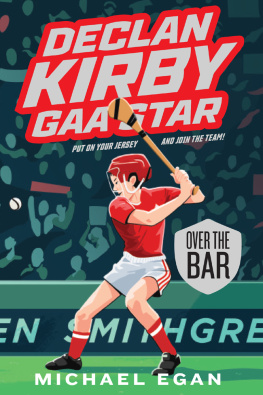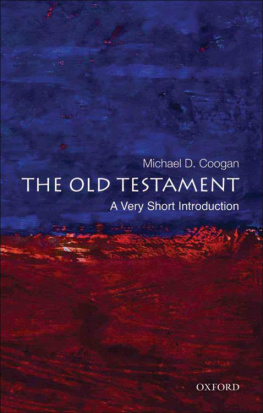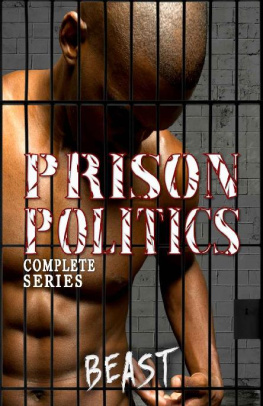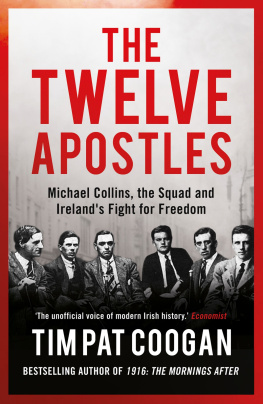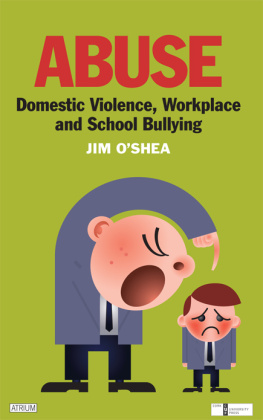Introduction
There is nothing I can do; he is just like his father.
Grace, mother of 14-year-old Matthew
It is all her fault she always gives in to him.
Reuben, father of 10-year-old Tyler
Its not my fault. Everything would be okay if they would just leave me alone.
Emma, 16 years old, referring to her parents
Walking on eggshells
When parents and children talk about child to parent violence and abuse, these are the kinds of things that are said to practitioners in child and family health and social care services. Parents are disempowered, try to have as little contact as possible with their son or daughter and believe there is nothing more they can do to change things. They often feel as if they are constantly walking on eggshells, expecting any moment for an innocent look, a casual question or a well-intentioned comment to lead to an explosion where people are hurt. Children who use child to parent violence and abuse are rarely happy either. Conflict is expected between parents and children, especially as a son or daughter challenges authority in adolescence and asserts his or her distinct difference from parents. But often where child to parent violence and abuse takes place in families, neither parents nor children want to live with the persistent dread of the next interaction with each other.
Conflict and practice
In 2007, when I first heard parents describe to me their experiences of what I later understood as child to parent violence and abuse, I had been a social worker and family therapist on a multi-disciplinary child and adolescent mental health team, working in the community in Dublin, Ireland, for many years. I was familiar with encountering conflict between parents and between children and parents. I was also familiar with abuse and violence in families. But this was completely different. I was more accustomed to working with children who were survivors of abuse and violence, not individuals who used abusive and violent behaviour towards parents. I had experience of working with parents and children together to tease out family conflict or to work out ways of managing or resolving child and adolescent mental health difficulties.
But child to parent violence and abuse completely challenged the way in which I thought about who has power and who uses abusive and violent behaviour in family relationships. The problem also challenged how we worked with families in child and adolescent mental health services, as we could not rely on our usual treatment models to respond to the needs of children and families. Every family in which child to parent violence and abuse takes place also faces challenges such as how to resolve parentchild conflict where abusive and/or violent behaviour is used by children, and what helps when the ways in which parents usually manage conflict with a son or daughter no longer work.
Questions for practice
Apart from conflict, a lot of questions arose when we first wrestled with the problem of child to parent violence as members of the community based child and adolescent mental health service.
The first was that given some of the parents describing their experiences of this problem had already tried treatment as usual without success, what could we possibly offer that might be helpful?
The second question related to one family in particular where a daughter refused to attend the clinic or speak with any of us, yet her mother was attending the clinic and asking for help in dealing with child to parent violence and abuse. We knew we could work with a parent as a client in her own right who had needs that were distinct from the needs of her daughter, but how effective would it be to work with a parent as an agent of change in a family where a child using abusive and/or violent behaviour refuses to either attend the service or accept that there is a problem that needs her co-operation for resolution?
(To avoid constant repetition, throughout this book the term parent refers to anyone who has parenting responsibilities in relation to a child, including, for example, carers such as a grandparent, foster parent or uncle. The term child includes children and adolescents up to the age of 18 years old.)
Non-violent resistance the beginnings of some answers
At first glance, it seemed we found some answers to these questions in an article written by Uri Weinblatt and Haim Omer in 2008 (which was available online in advance, late in 2007). Weinblatt and Omer were working as clinicians and researchers at the Schneiders Medical Centre in Tel Aviv in Israel. I will discuss this article in more detail later in this book but here I will let you know why it appealed to us in Dublin in 2007.
The article outlined a short-term intervention project called non-violent resistance (NVR), which focused on intervention with the parents of 41 families where children (aged between 4 and 17 years) presented with aggressive behaviour problems towards their parents. Based on the principles of non-violent resistance, support and new authority, the NVR model was developed to empower parents to change their relationship with their children and to adapt their responses to their childs aggressive and violent behaviour. The changed responses of parents to the violent behaviour of their children seemed to lead to a decrease in such behaviour over a relatively short time. During the period of the NVR intervention project in Tel Aviv, parents reported:
less permissiveness and helplessness in their parenting style
a decrease in their escalatory (aggressive or provocative) behaviours
significant reductions in their childrens aggressive and provocative behaviours
an increase in positive behaviours by their child.
What made NVR attractive?
One of the immediate attractions of the Weinblatt and Omer article was that the approach it described seemed to work in a relatively short time and helped parents of children aged from 4 years old to 18 years old. It also did not require the direct engagement of the child in the intervention. This seemed to offer us a way around the potential barrier to intervention with families where the son or daughter refused to attend or engage with the service. We were also curious about and intrigued by the fact that in contrast to what we might usually expect from intervention models developed as responses to the challenging behaviour of children, one of the integral elements of the NVR model is the direct involvement of extended members of families and communities under the leadership of parents with the support of a practitioner as a type of NVR coach.
We were impressed too with the report that, for a parent-focused intervention, only one parent failed to implement the NVR model, and that the positive gains were maintained one month after the end of the intervention. The NVR model seemed too good to be true, so we thought we could explore parents ideas of trying this approach as a type of pilot project for the service.
Would NVR really work for us?
We wondered whether an out-patient treatment approach such as NVR could have a good chance of helping families in an under-resourced, publicly funded child and adolescent mental health team in a busy service in a mixed urban/rural catchment area in Dublin, Ireland, without access to a team of researchers and practitioners who had developed the project over a number of years. Our understanding of the NVR intervention was that it had been developed by a team of people working together over a number of years through a research and practice partnership in Tel Aviv, Israel.




